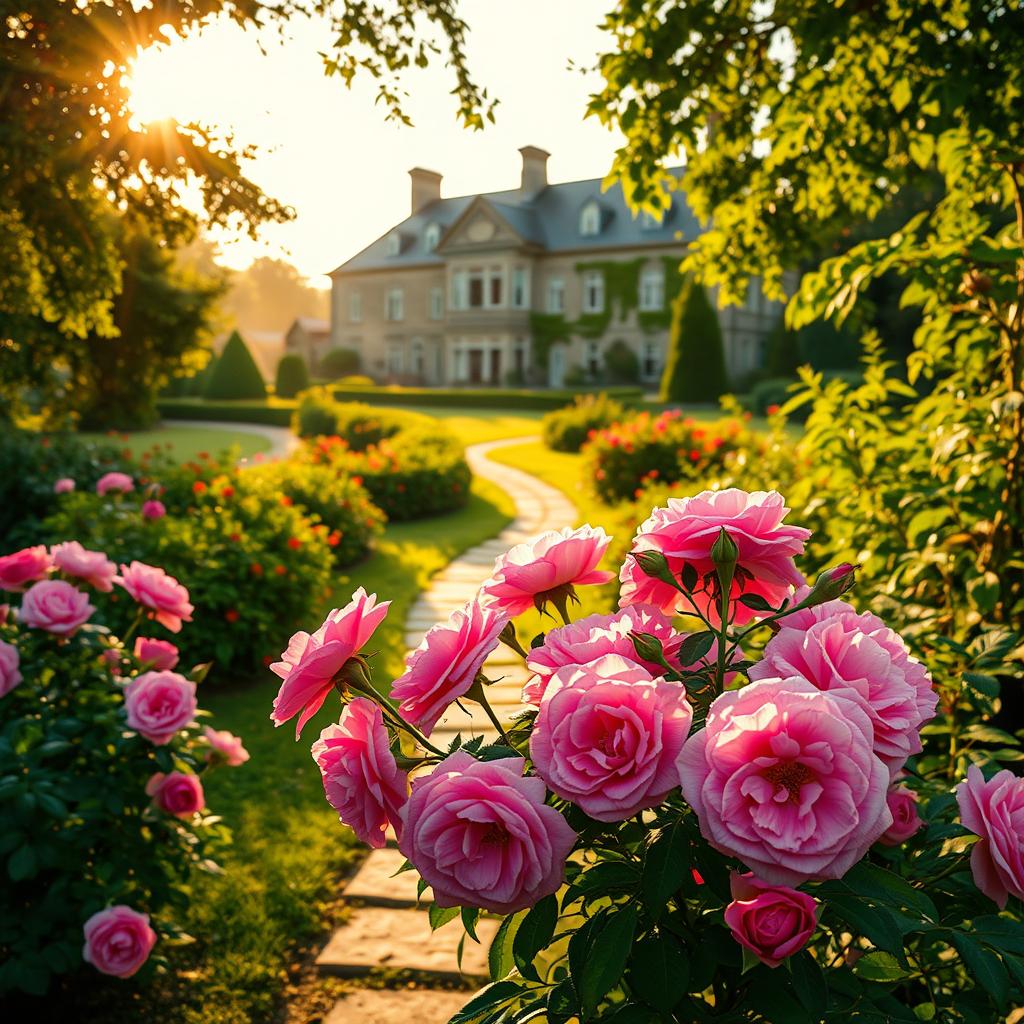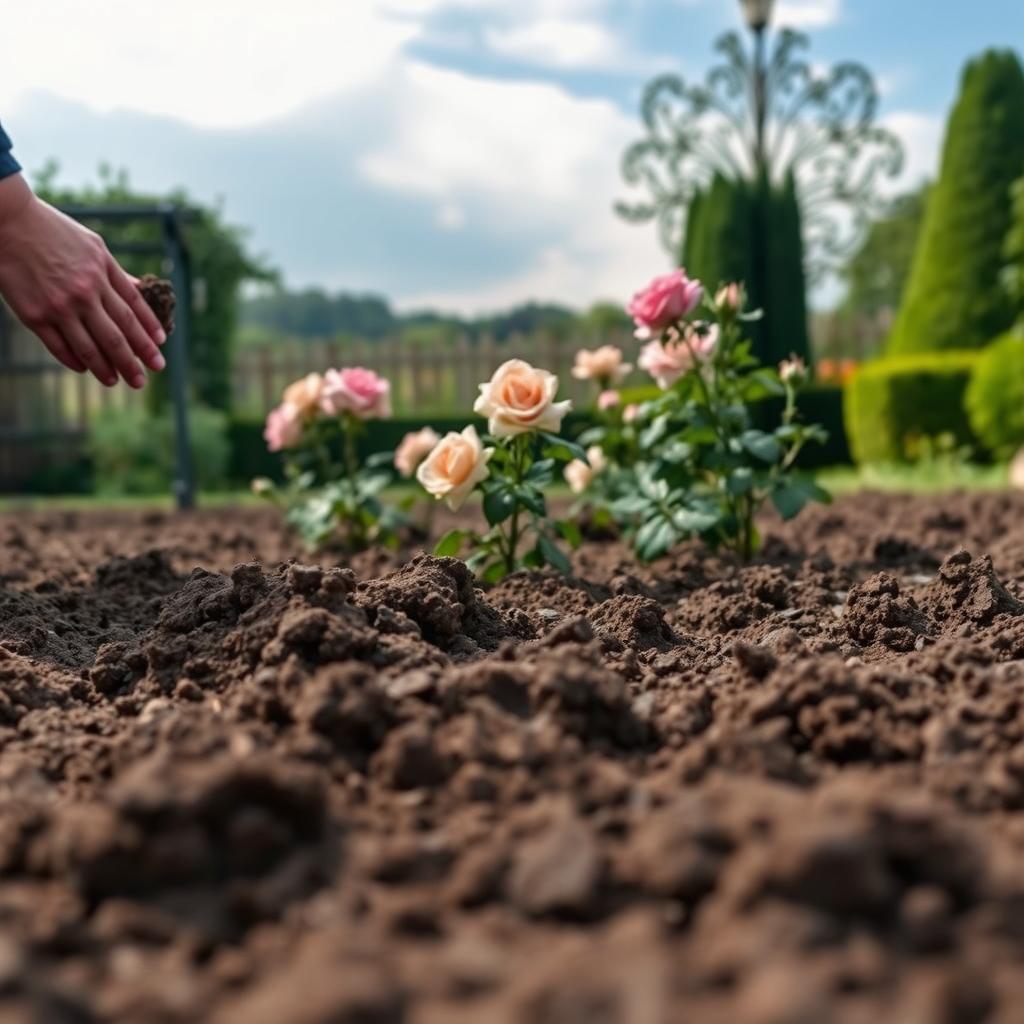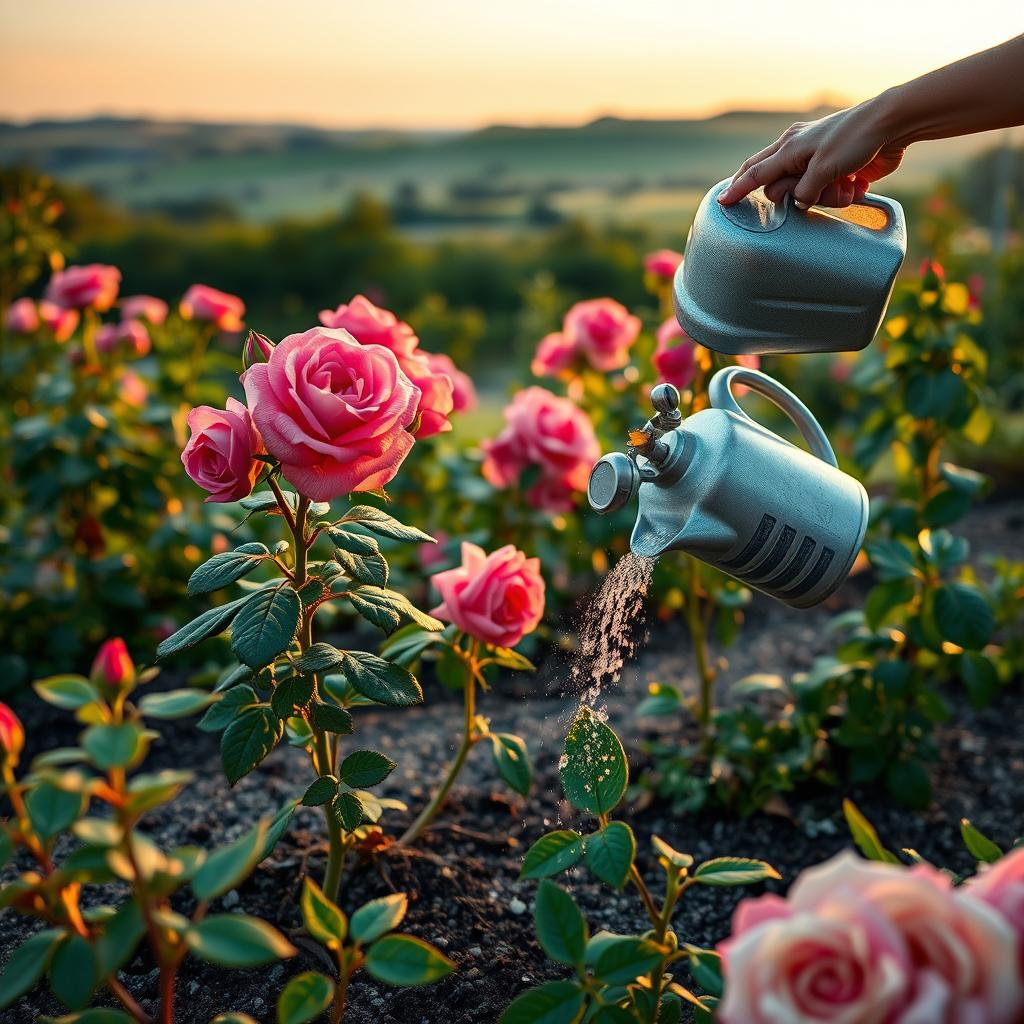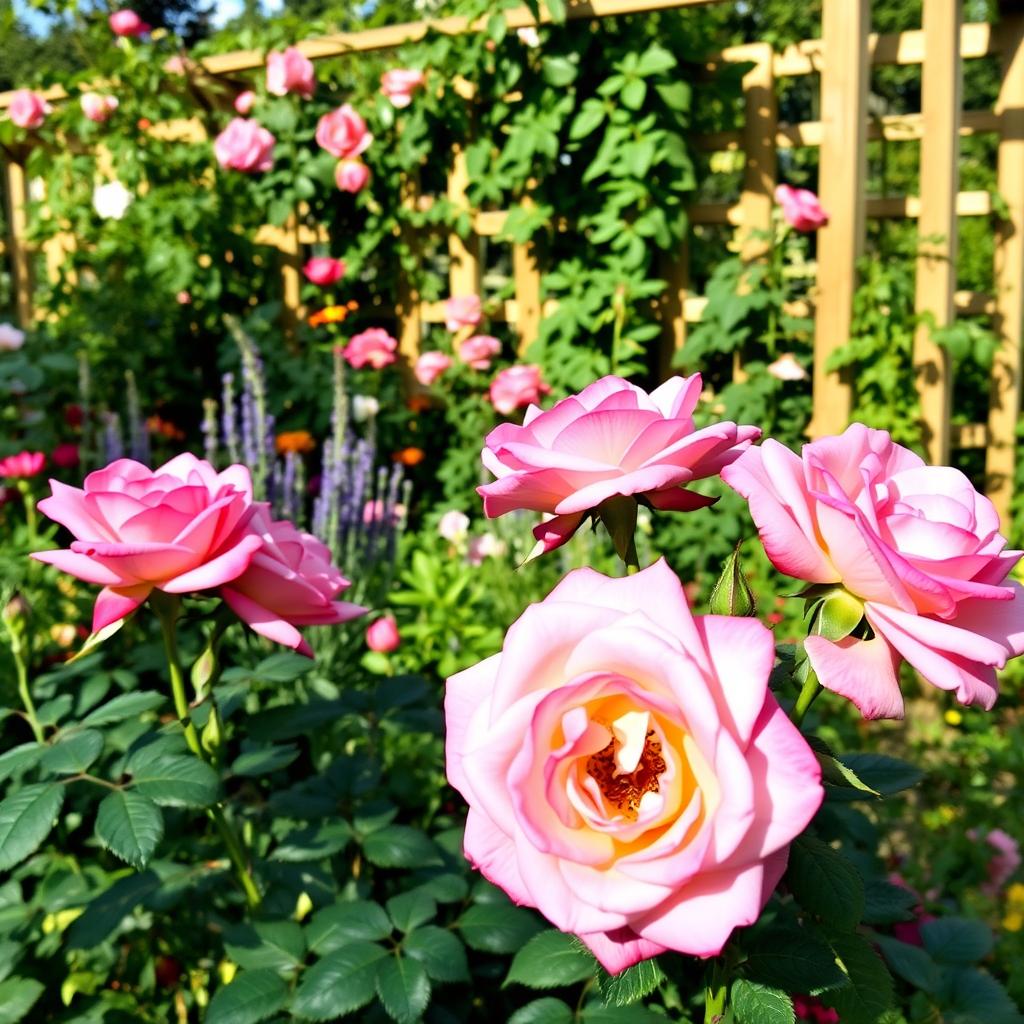Gardening is more than a hobby—it’s a passion that grows with time. Three years ago, my small space was filled with peonies, but a visit to Grace Rose Farm changed everything. The delicate fragrance and stunning blooms of David Austin Rose varieties inspired a shift. Now, my garden thrives with vibrant colors and lush foliage, featuring the timeless beauty of David Austin Rose among other blooms.
Transitioning from 14 peonies to 25 flourishing blooms wasn’t easy. Limited space meant careful planning, but the reward was worth it. These flowers, especially the exquisite David Austin Rose, bring joy, resilience, and endless beauty. Whether you’re a beginner or an expert, nurturing them is a journey worth taking.
Key Takeaways
- Shifting from peonies to English varieties transformed a small garden.
- Space constraints require thoughtful plant selection and care.
- Grace Rose Farm’s recommendations played a key role in inspiration.
- Practical tips help overcome common growing challenges.
- Dedication leads to stunning, long-lasting blooms.
Why David Austin Roses Captivate Gardeners
The magic of a garden lies in its ability to evolve season after season. While peonies dazzle for mere weeks, roses offer repeat blooms from spring to frost. This longevity, paired with intoxicating fragrance, makes them irresistible.
The Allure of Fragrant, Disease-Resistant Blooms
David Austin varieties like Desdemona and Olivia Rose combine disease resistance with old-world charm. Unlike finicky hybrids, these flowers thrive with minimal fuss. Their petals release a perfume that lingers in the air, turning gardens into sensory retreats.
A Personal Journey From Peonies to Roses
Three years ago, generic store-bought roses filled my beds. Then, I discovered David Austin’s 110+ English varieties. Each plant promised unique colors and forms, from apricot-hued blooms to cascading climbers. Instagram communities fueled my passion, proving that growing roses could be both art and science.
My David Austin Rose Tour: Why Knockout Roses Shine

Not all roses demand constant care to shine brilliantly. Knock Out varieties redefine resilience, offering vibrant color for months with little fuss. Their mounded shape and repeat blooms make them ideal for both beginners and seasoned gardeners.
Knock Out vs. Traditional Varieties
Unlike classic types that bloom briefly, these shrub roses flourish for up to six months. They perform well in heat and humidity, resisting common diseases. Traditional hybrids might dazzle with intricate petals, but Knock Outs win for sheer endurance.
Space-saving is another perk. Their compact bushes fit snugly among peonies or alliums, extending seasonal interest. At $50 per plant, they’re also more budget-friendly than many English varieties.
Transforming Small Gardens Over Time
Three years ago, my cramped beds needed smart solutions. Knock Outs became the backbone, filling gaps with nonstop color. Paired with spring bulbs, they created a layered effect that lasted from April to frost.
Their adaptability proves that beauty doesn’t require complexity. Whether lining a walkway or anchoring a mixed border, these roses deliver without drama.
Planting Tips for Thriving David Austin Roses

Healthy roses start with the right foundation—proper soil and planting techniques. Skip these steps, and even the hardiest varieties struggle. Here’s how to set them up for success.
Soil Preparation: Avoiding Clay Pitfalls
Clay-heavy soil suffocates roots and holds too much water. Test drainage by digging a hole, filling it with 3 gallons of water, and timing how long it takes to drain. If it’s longer than a week, amend it.
Testing Drainage and Amending Soil
Mix 50% compost, 30% potting mix, and 20% native soil for a fluffy, nutrient-rich blend. Layer this at the top 12 inches of the planting hole. This combo prevents compaction and boosts root growth.
Planting Depth and Graft Placement
Make sure the graft (the knobby base) sits 2 inches above the soil line. Burying it invites rot. For extra protection, dust roots with mycorrhizae fungi and EB Stone fertilizer before planting.
First-year mistakes like shallow watering or overcrowding nearly killed my plants. Now, I space them 3 feet apart and soak the roots deeply every 10 days. Patience pays off—by the second year, they’ll reward you with lush blooms.
Essential Care for Lush Blooms

Healthy blooms begin with smart care routines tailored to your garden’s needs. Whether you’re nurturing delicate hybrids or hardy shrubs, the right water, fertilizer, and timing make all the difference.
Watering Strategies for Different Soils
Clay soil holds moisture longer but drains poorly. Give plants 4 gallons per week. Sandy soil? Increase to 6+ gallons to prevent dryness. Always water at the base to keep leaves dry and avoid disease.
Feeding Schedule: From Granular to Liquid
Start spring with Rose Tone, a slow-release fertilizer. Every couple of weeks, switch to fish emulsion for quick nutrients. David Austin’s guidelines recommend feeding until midsummer, while Grace Rose Farm hybrids thrive with extended meals.
Foliar Sprays for Extra Nourishment
Kelp sprays boost immunity and bloom size. Apply in the evening to prevent sunburn. For best results, mist every other week during peak season. This mimics nature’s dew, absorbing through leaves for faster results.
Balancing these methods ensures roses stay vigorous. Whether you prefer hands-on care or a minimalist approach, consistency is key to a garden that dazzles.
Combating Pests and Diseases Organically

Keeping roses healthy doesn’t require harsh chemicals—organic methods work wonders. By focusing on prevention and natural remedies, you can avoid common issues like black spot and thrips. Grace Rose Farm’s proven strategies make it simple to maintain vibrant blooms all season.
Preventing Black Spot and Thrips
Black spot thrives on wet leaves. Water at the base and space plants for airflow. For thrips, apply Spinosad when buds are pea-sized—it’s safe for bees but deadly to pests. Reapply every two weeks during peak growth.
Dormant Sprays and Spring Cleanup
Winter is the best time to tackle lingering disease. Mix copper fungicide and horticultural oil, spraying once before buds break. In fall, remove all leaves and add a 3-inch mulch layer to smother spores.
Grace Rose Farm’s Proven Tactics
Their dormant spray routine costs $22 but lasts all year. For budget gardeners, neem oil ($15) offers a lighter alternative. Companion planting with alliums or salvia also deters pests naturally—no sprays needed.
Organic care isn’t just effective; it’s sustainable. With these steps, your garden stays lush and chemical-free.
Bringing David Austin Roses to Your Garden
Fall is the perfect time to plan for spring color. David Austin’s pre-order system (September-November) ensures you get top-tier varieties before they sell out. Compare nurseries—Home Depot offers budget-friendly options ($25), while specialty growers provide premium roses ($55+).
New to gardening? Start with easy picks like Olivia Rose Austin or Double Red Knock Out. Both thrive in full sun and need minimal care. For personalized designs, Vineyard Gardens offers consultations to transform your front yard.
My 2024 goal? Expand with a fragrant tea rose collection. Share your plans below—let’s grow together! Need help? Call 800-328-8893 for expert advice.
If you want to read more article,please click here.
If you want to know more,then click here.
Leave a Reply